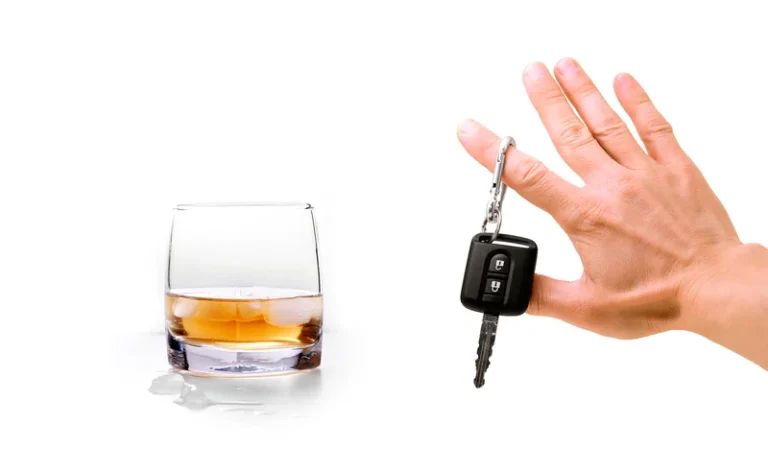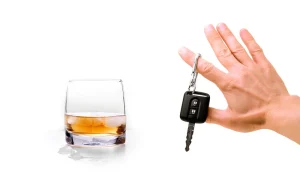My experience of cannabinoid hyperemesis syndrome CHS
Fetal Alcohol Spectrum Disorders FASDs Fetal Alcohol Spectrum Disorders
Fevereiro 22, 202217 Best Free Accounting Software for Small Business in 2024
Março 9, 2022
Most people with CHS who stop using cannabis have relief from symptoms within 10 days. Not everyone with the condition seeks medical help or tells their provider that they use marijuana. In patients suffering from CVS, there is consensus that application of preventive medication and medication capable of aborting an episode reduces the intensity and frequency of cycles 1, 3, 4. Amitriptyline, propranolol, sumatriptane are recommended preventive medications 1, 3, 4. Metoclopramide, ondansetron, lorazepam or oxycodone, ideally cannabinoid hyperemesis syndrome with application at the onset of prodromal symptoms, can abort an episode 1, 3, 4.

CHS Symptoms
All authors reviewed the results of the literature search and contributed substantially to the final version of the manuscript. Julia Edinger was responsible for the artistic realisation of Figure 1 (Fig. 1) and kindly provided her work for publication in this article. The authors thank the team of doctors and nurses of the different departments of Muehlenkreiskliniken, General Hospital Luebbecke-Rahden. CGB thanks Dr. med Barbara Hogan for English language grammar and spell-check of this article and especially for her support during a long and fruitful cooperation. Laboratory examination may reveal leucocytosis, electrolyte imbalances, elevated amylase levels and, rarely, acute renal failure 1, 2, 3, 4, 5, 6, 7, 8, 9, 10, 11, 13, 14.
Unveiling Treatment Strategies for Cannabis Hyperemesis Syndrome (CHS)
Data substantially relies on case reports and case series 1, 2, 3, 4, 5, 6, 7, 8. Reliable prevalence data does not exist for both syndromes 1, 2, 3, 4, 5, 6, 7, 8. Cannabinoids are found in the cannabis plant and bind to cannabinoid receptors found in our brains, gastrointestinal tracts and immune cells.
Is cannabis hyperemesis syndrome (scromiting) permanent?
Yet, with the evolving comprehension of CHS, there is a likelihood that some cases attributed to CVS might actually be undiagnosed instances of CHS, marking it as pathognomonic. This underscores the critical need to correlate symptoms with cannabis consumption, ruling out overlapping diagnoses that could be mistaken for CVS. This evolution has been https://ecosoberhouse.com/ accompanied by a concerning uptick in cases of Cannabinoid Hyperemesis Syndrome (CHS), characterized by distressing bouts of nausea and vomiting with varying degrees of severity. Understanding the ECS and its effects on the vomiting center of the brain are fundamental to explain the effect of cannabis for this biphasic response 21.
Vasodilatory Effects
At this time, the only known way to cure CHS is by quitting cannabis. The cause of death in both people was found to be hyponatremic dehydration, also known as low sodium levels. After stopping cannabis use, symptoms generally resolve within days or months. A 2017 review of studies found that 97.4 percent of people who developed CHS reported using cannabis at least weekly. But a 2019 study concluded that it potentially accounts for up to 6 percent of emergency room visits for recurrent vomiting.
- Endocannabinoid receptors are especially concentrated in the brain and digestive system.
- The reason why I know so much about this is that it happened to my son.
- Multiple studies report pathological frequent and prolonged hot shower behaviors with CHS.
- Hot showers have emerged as an intriguing phenomenon in assuaging the symptoms of Cannabis Hyperemesis Syndrome (CHS), offering a peculiar yet effective avenue for relief.
- Most resources and recommendations come from case studies and expert opinions.
- For supportive care, a clinician should work together with the pharmacist to see if any medications could contribute to the patient’s presentation.
Cannabinoid hyperemesis syndrome (CHS) is a rare problem that causes constant vomiting. Some people use it in low dosages to reduce depression, social anxiety, and post-traumatic stress disorder (PTSD), and it can help relieve nausea and vomiting that occur due to chemotherapy. It may calm the muscle spasms that multiple sclerosis can cause, and some claim that it reduces seizures. CHS is a condition caused by chronic and repeated cannabis use that leads to severe nausea and vomiting.

Stimulation of this axis results in increased secretion of THC stored in adipocytes, which leads to an intoxicating effect and possible emesis with high dosage 2. Although topical capsaicin is a promising treatment for CHS when standard anti-emetic agents fail, the primary goal is preventing recurrence, which involves patient counseling and continuous support for cannabis cessation 7. With prolonged symptomatic CHS, complications arise due to potential electrolyte abnormalities, dehydration, and weight loss. The case of this patient was substantially influenced by cognitive errors. Attribution errors, in which decisions are influenced by negative stereotypes, may lead clinicians to underestimate the possibility of serious diseases, hindering the diagnostic process 6.

How common is cannabis hyperemesis syndrome?

I would call every day to see whether the results were in, but for months, I heard nothing. Finally, on March 6, 2019 — my birthday — I was able to pick up the autopsy report. The official cause of death was dehydration due to cannabinoid hyperemesis syndrome. CHS usually starts after years of using marijuana many times a week.
